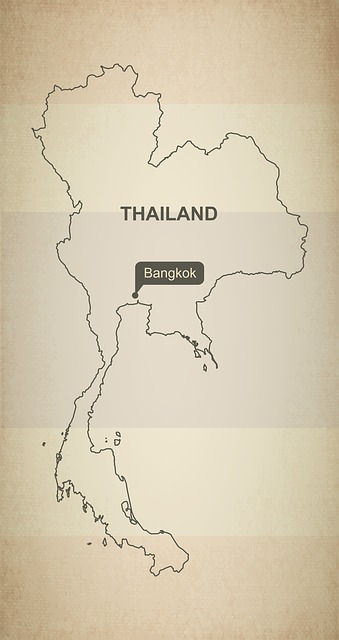Bangkok Metropolitan Administration health officials issued a dengue fever warning because of heavy and consistent rain in the capital city of more than 8 million.

Some 6,000 people have been affected this year to date, including five deaths.
On Monday, Governor Aswin Khwanmuang said dengue hemorrhagic fever is spreading in Nong Chok, Huai Khwang, Bang Kapi and Klong Samwa districts.
In addition, he ordered strict disease control measures, including fumigation to kill mosquito larvae.
Since the beginning of the year through Sept 10, Thailand has reported a total of 54,808 cases were reported from all 77 provinces, including 69 deaths.
In the past 50 years, the incidence of dengue worldwide has increased 30-fold, largely as a consequence of the growth of cities and increased travel.
Dengue fever is an infectious disease carried by mosquitoes and caused by any of four related dengue viruses. This disease used to be called “break-bone fever” because it sometimes causes severe joint and muscle pain that feels like bones are breaking.
People get the dengue virus from the bite of an infected Aedes mosquito. It is not contagious from person to person. For more infectious disease news and information, visit and “like” the Infectious Disease News Facebook page
There are three types of dengue fever in order of less severe to most: the typical uncomplicated dengue fever, dengue hemorrhagic fever (DHS) and dengue shock syndrome (DSS).
The World Health Organization (WHO) estimates there may be 50–100 million dengue infections worldwide every year. However, new research from the University of Oxford and the Wellcome Trust, using cartographic approaches, estimate there to be 390 million dengue infections per year worldwide.
- Undocumented immigrants and the import of infectious diseases: A real health security risk to the US?
- Ebola research: Studies show how antibodies can bind to the virus and stop infection
- Brazil imported measles update: 1,673 confirmed cases nationwide
- New polio cases reported in Pakistan and Afghanistan
- Outbreak News This Week: Monkeypox, Florida mosquito-borne viruses
- West Nile virus in the Dakotas
- Ukraine measles update: 30,744 cases in 2018 to date


